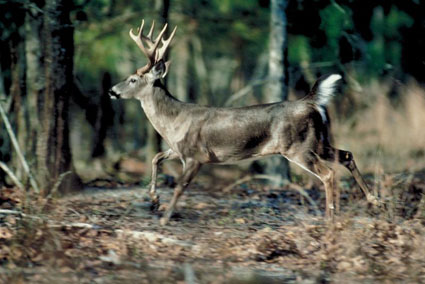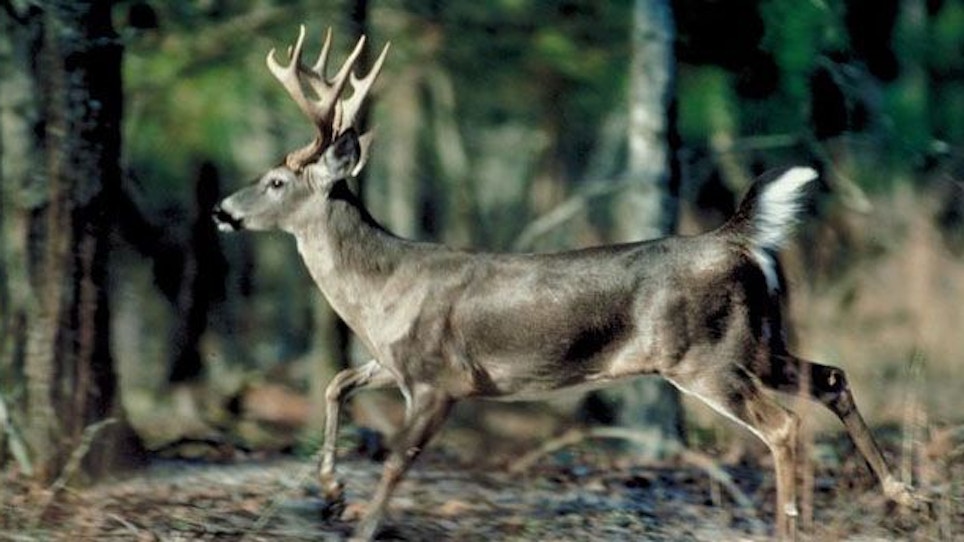 Too many bowhunters make the whitetail game more difficult than it need be. The worst mistake is trying to close-in on deer in places that make them virtually unhuntable. It’s time to tackle the easiest place to hunt whitetails—field edges. Indeed, knowing where deer are most likely to end-up is half the battle. In Part 1 [CREATE A LINK HERE], we covered vantage, hunting afternoons, bedding area behavior, effects of human activity, and planning access. Here are more tips for making your next hunt a personal field of dreams.
Too many bowhunters make the whitetail game more difficult than it need be. The worst mistake is trying to close-in on deer in places that make them virtually unhuntable. It’s time to tackle the easiest place to hunt whitetails—field edges. Indeed, knowing where deer are most likely to end-up is half the battle. In Part 1 [CREATE A LINK HERE], we covered vantage, hunting afternoons, bedding area behavior, effects of human activity, and planning access. Here are more tips for making your next hunt a personal field of dreams.
Reverse The Winds Of Fortune
Sudden windshifts, called “reversals,” can destroy a well-orchestrated field hunt. In northern states and Canadian provinces, Indian summer breezes typically reverse once the sun sets; this is especially common when the wind blows out of the south during the day. Either delay your hunt till the sun dips below the treetops, or relocate to an alternate stand where down-drafting reversals are in your favor.
Intercept Perimeter Shooters
Bucks religiously follow their noses. A standard big buck trait is scent-checking the perimeter of a field before stepping out into the open. Intercept scent-checkers along “perimeter trails” but don’t make the mistake of hunting a morning trail. (Bucks also loop around this cover as they head for bedding areas.) Tie a string across a prospective trail and note which way the broken string lies.
Connect With Cover
Strip cover leading to a field can be an killer setup, especially if surrounding vegetative cover is sparse. Mature bucks like to dawdle along the “transition zone” of draws, drainage ditches, creek bottoms, and treelines while they let other deer serve as sentries. So, forget the field edge and hunker down within the strip cover.
Know The Topography
Always use the lay of the land to judge where an approaching buck might compromise the wind to take advantage of cover. (A winding river bottom is a classic.)
Get Whitetail Wheels
It’s uncanny how deer tolerate farm machinery and familiar vehicles, yet spook at the sight of “nonresident” trucks and cars. If possible, hook-up with locals for a timely ride on a tractor or farm vehicle.
Don’t Spook
Avoid bumping deer after dark at all costs. Field-edge deer are jumpy to begin with, so get into the habit of glassing the immediate area after each hunt (low-light optics are invaluable). Night vision technology can also help you keep a low profile during low-light conditions.
Rotate Hunting Locations
Predictable behavior—same parking spot, same stands and access routes—will eventually lead to deer “waiting you out.” But if you rotate hunting locations, you can keep deer guessing. Plan a “milk run” of stands with numerous winds in mind.
Look To The Moon
Many hunters believe the lunar cycle affects deer movement. For the record, the best “moon time” for field-edge hunts occurs when the moon is overhead or underfoot within an hour of sunset.






